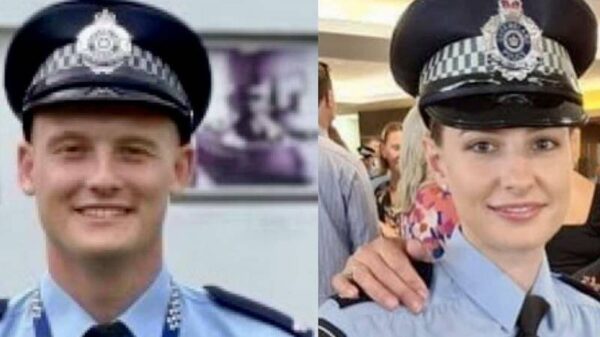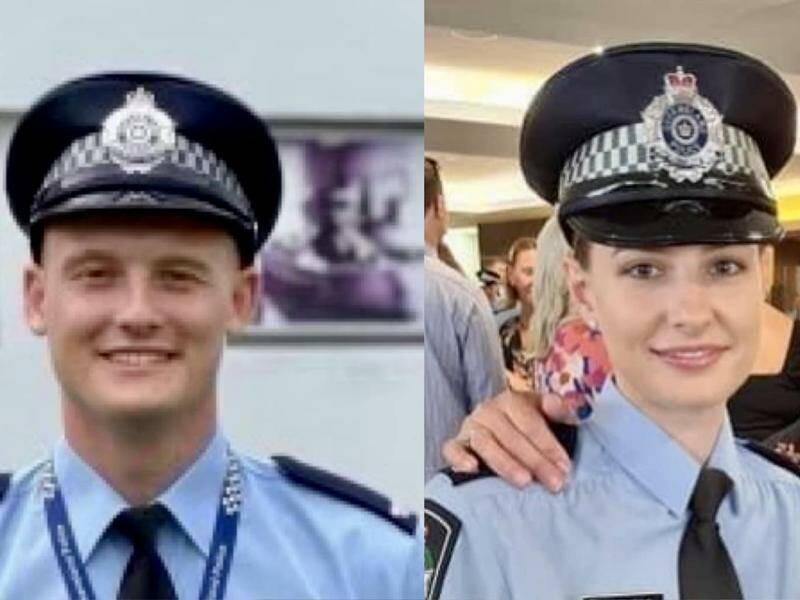UPDATE: A coroner has just announced that the tragic Wieambilla shootings, which left six people dead, are not classified as a terrorist act. This shocking revelation comes nearly three years after the **December 12, 2022** ambush that claimed the lives of two police officers in rural Queensland.
State Coroner Terry Ryan delivered his findings today in Brisbane, confirming that brothers Nathaniel and Gareth Train, along with Gareth’s wife Stacey, were driven by severe psychiatric issues rather than a politically motivated agenda. The trio, armed with high-powered rifles, fatally shot Constables Matthew Arnold (26) and Rachel McCrow (29), as well as their 58-year-old neighbor, Alan Dare.
While expert evidence presented during the inquest indicated that the Trains’ actions were motivated by extreme Christian beliefs, Coroner Ryan stated that the definition of terrorism under the Commonwealth criminal code was not met. “They were psychotically unwell and driven by their beliefs,” Ryan explained, emphasizing that the Trains had a “shared delusional disorder.”
The attack unfolded when the officers responded to a request for assistance from NSW Police, unaware of the full extent of the risks involved. Tragically, Constables Randall Kirk and Keely Brough narrowly escaped being killed. Ryan noted that crucial information was not relayed from NSW Police, which could have informed a more thorough risk assessment.
During the shootout that lasted over an hour, Queensland’s Special Emergency Response Team acted decisively, neutralizing the threat after the Trains refused to negotiate or surrender. Coroner Ryan stated, “The Trains were intent on killing police officers and intent on dying rather than being taken into custody,” highlighting the extreme danger posed to law enforcement.
As part of the findings, Ryan called for a review of police information-sharing protocols and recommended the expanded use of drones for surveillance of remote properties. He also suggested implementing mandatory mental health assessments for individuals applying for firearms licenses, noting that at least some of the weapons used were legally obtained.
The implications of these findings resonate deeply, raising urgent questions about police protocols, mental health assessments, and the nature of violent acts fueled by delusions. As these developments continue to unfold, authorities are urged to reflect on these tragic events to prevent future occurrences.
The community remains shaken, and the families of the victims are left grappling with the aftermath of this horrific incident. This urgent update underscores the importance of ongoing discussions surrounding mental health, law enforcement, and community safety as the nation processes the findings of this tragic case.



























































